Fishing, Hunting and Camping
Tips, articles and reviews by people like you.
Reeling in the Fun: Top Catfish Baits!
Reeling in the Fun: Top Catfish Baits!
Catfishing is a popular pastime for people of all ages. Nothing beats the thrill of feeling a tug on the line and reeling in a massive catfish. But to lure in these underwater giants, you need to have the right bait. With so many options out there, it can be overwhelming to choose the right one. But fear not, we’ve compiled a list of the top catfish baits to help you reel in the fun!
Hooked on Catfishing
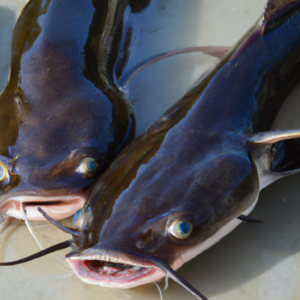
Channel Catfish
Catfishing has been a popular pastime for generations. It’s easy to see why, as there’s nothing quite like the thrill of feeling a huge fish tugging on the line. Whether you’re a seasoned pro or a beginner, catfishing is a great way to spend a lazy summer day. But to catch these underwater giants, you need to have the right bait.
Bait Basics: What to Use
When it comes to catfish bait, there are a variety of options to choose from. Some of the more popular ones include nightcrawlers, cheese, stinkbait, chicken liver, doughballs, and punch bait. Each bait has its own set of advantages and disadvantages, so it’s important to choose the right one for your needs.
Nightcrawlers 101
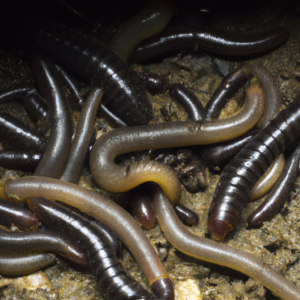
Earthworm
Nightcrawlers are one of the most popular catfish baits out there. They’re easy to find and affordable, making them a great option for beginners. Nightcrawlers are also versatile, as they can be used on a variety of rigs. When using nightcrawlers as bait, it’s important to keep them fresh and moist to ensure they’re as effective as possible.
Go Gooey with Cheese
Another popular catfish bait is cheese. Cheese baits are gooey, smelly, and irresistible to catfish. They’re also affordable and easy to make at home. To make cheese bait, you simply mix cheese, bread, and garlic powder together until it forms a dough-like consistency. Cheese baits are best used on a treble hook rig.
Stinkbait Secret Sauce
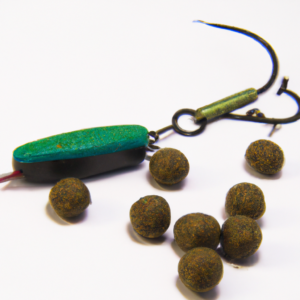
Stink Bait
Stinkbait is another popular catfish bait. As the name suggests, stinkbait has a strong odor that catfish can’t resist. It’s also easy to use, as it’s already pre-made and ready to go. When using stinkbait, it’s important to keep it in a sealed container to prevent it from drying out.
Chicken Liver Lovin’
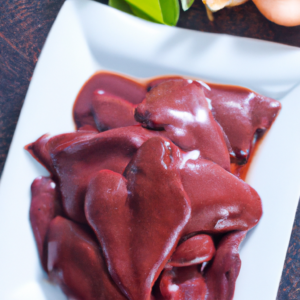
Chicken liver
Chicken liver is a classic catfish bait that has been used for generations. It’s cheap, easy to find, and effective. To use chicken liver as bait, simply cut it into small chunks and put it on a hook. Chicken liver is best used on a single hook rig.
Doughball Delight
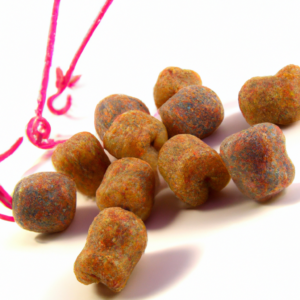
Doughball Bait
Doughballs are another popular catfish bait. The great thing about doughballs is that you can make them at home using a variety of ingredients. Some popular ingredients include flour, cornmeal, and garlic powder. Doughballs are best used on a single hook rig.
Get Punchy with Punch Bait
Punch bait is a sticky bait that’s designed to stay on a hook. It’s easy to use and effective, making it a popular choice for catfish anglers. Punch bait is best used on a treble hook rig. When using punch bait, it’s important to keep it in a sealed container to prevent it from drying out.
With so many catfish baits to choose from, it can be hard to know where to start. But by using this guide, you can narrow down your options and choose the right bait for your needs. Remember, the key to successful catfishing is to experiment with different baits until you find the ones that work best for you. So grab your gear, head to the nearest body of water, and reel in the fun!
Springtime Crappie Catching Tips
Springtime means crappie season! As waters warm up and nature awakens from its winter slumber, crappie begin to move from the deeper waters to shallower areas, making it the perfect time to reel in a catch. In this guide, we’ll give you some tips and tricks on how to make the most out of your springtime crappie fishing adventure.
Springtime Crappie Fishing Basics
Before you start crappie fishing, it’s important to know the basics. Crappie are known to stay in schools, so if you catch one, chances are there will be more in the area. They are also more active in cooler waters, so early spring is the best time to fish for them. Crappie are also known to be attracted to cover, such as submerged trees or vegetation.
Best Time of Day to Catch Crappie
The best time to catch crappie is early in the morning or in the evening when the water is cooler. During these times, crappie are more likely to be closer to the surface and actively feeding. However, some anglers have also found mid-day to be productive, especially if the water is overcast.
Finding Crappie in Spring
Once you have an idea of where crappie might be located, it’s important to find them. Look for areas that have structure or cover, such as submerged trees or brush piles. You can also use a fish finder to help locate schools of crappie.
Using Live Bait vs. Artificial Lures
Live bait, such as minnows, is a popular choice for crappie fishing. However, artificial lures such as jigs and spinners can also be effective. The benefit of using artificial lures is that they can be reused, whereas live bait needs to be constantly replenished.
Top Lures for Springtime Crappie
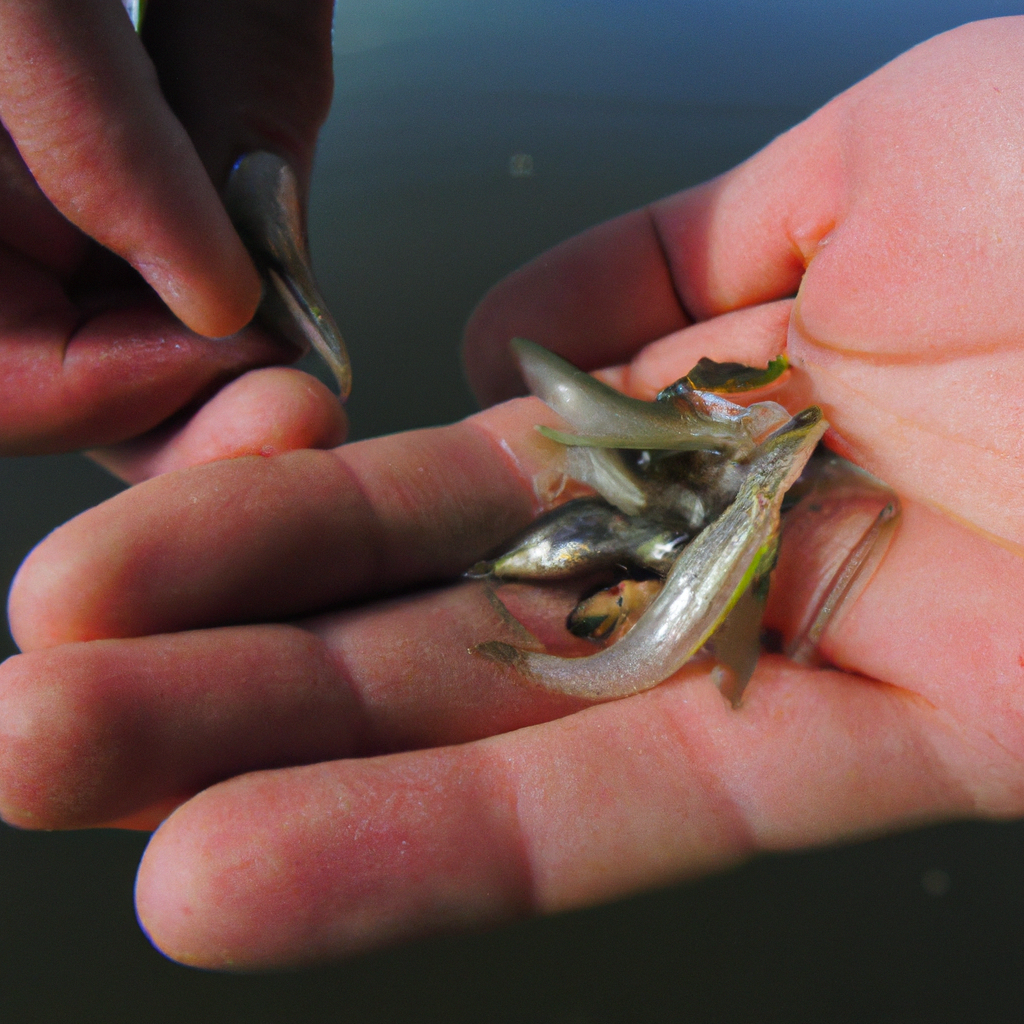
fishing minnows
Some popular lures for crappie fishing include jigs, spinners, and small crankbaits. Jigs in particular are known to be effective, especially when paired with live bait.
Techniques for Catching More Crappie
One technique for catching more crappie is “spider rigging,” which involves using multiple poles spread out at different depths to cover a larger area. Another technique is “trolling,” which involves slowly moving the boat while dragging lures behind it. Both techniques can be effective in springtime crappie fishing.
Crappie Fishing Gear for Spring
When crappie fishing in the spring, it’s important to have the right gear. Some essentials include a fishing pole with a sensitive tip, a small reel with a light line, and a good selection of lures. Additionally, polarized sunglasses can be helpful for spotting fish in the water.
Tips for Catching Big Crappie
If you’re aiming to catch bigger crappie, try using larger lures or live bait. Additionally, look for areas that have a lot of cover, as larger crappie tend to stay in these areas. Finally, be patient. Big crappie can be elusive, but with enough time and effort, you’ll eventually reel one in.
Best Places to Fish for Crappie in Spring
Some popular spots for crappie fishing in the spring include shallow bays, coves, and channels. Additionally, check out any areas with submerged trees or brush piles, as these are known to attract crappie.
How Weather Affects Crappie Fishing
Weather plays a big role in crappie fishing. Cool, overcast days can be ideal, while bright, sunny days can make crappie retreat to deeper waters. Additionally, sudden changes in weather, such as a cold front, can cause crappie to become more finicky and harder to catch.
Preparing Your Catch for Cooking
Once you’ve caught your crappie, it’s important to properly prepare them for cooking. Fillet the fish and remove any bones. You can then season the fish and bake, fry, or grill them.
Storing Your Springtime Crappie Catch
If you’re not cooking your crappie right away, it’s important to store them properly. Place the fillets in a plastic bag and store them in the fridge or freezer. If storing in the fridge, use them within a few days. If storing in the freezer, they can last up to six months.
With these tips and tricks, you’ll be well on your way to having a successful springtime crappie fishing adventure. Remember to have patience, and don’t be afraid to try different techniques and lures until you find what works best for you. Happy fishing!




